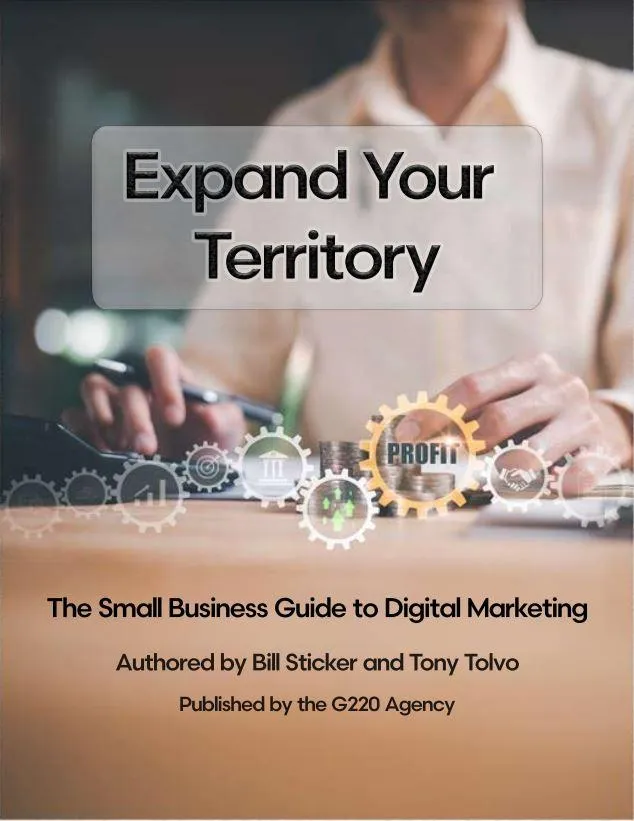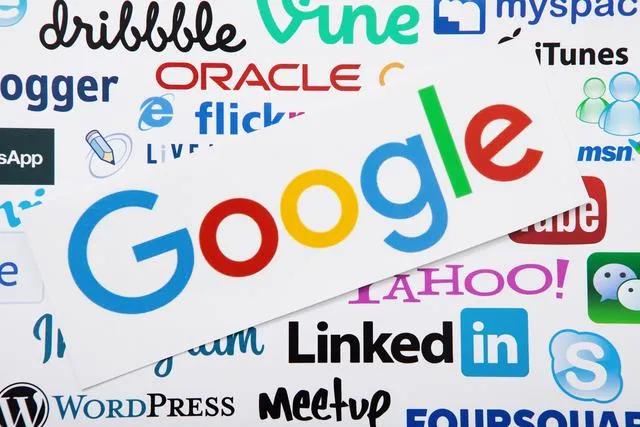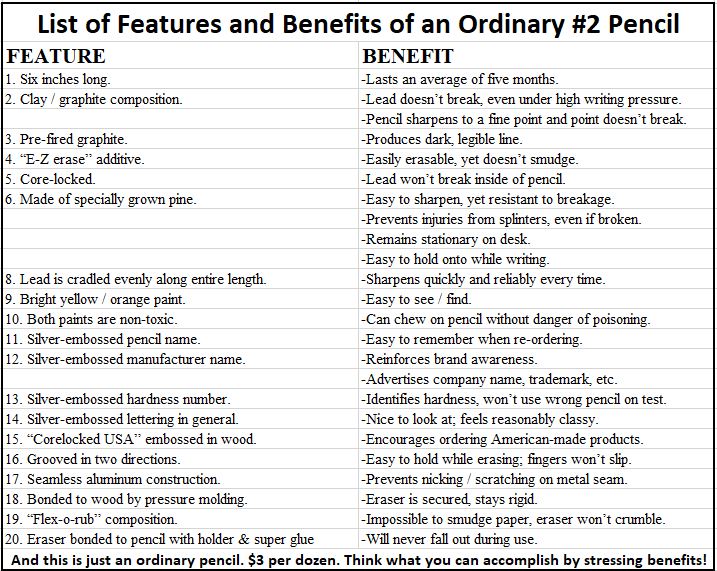
Cutting Edge Marketing Solutions
Helping those Businesses, Entrepreneurs and Leaders that have a passion for excellence and innovation thrive in todays marketplace.
We wrote a book on leveraging digital marketing to
Expand Your Business' Territory
and we're giving it away FREE!
Our Mission
To provide cutting edge, accountable marketing solutions for Businesses, Entrepreneurs, Organizational Leaders, and Churches, helping them to thrive in life and business.
Values
Entrepreneurial Spirit
Systems & Automation
Organizational Clarity
Excellence
Innovation
Personal Faith
Our Services

Social Media Marketing
Facebook, TikTok, Instagram, Next Door...

Google Marketing
Google Ad Creation, Campaign Management and Google Review Campaigns

Marketing Funnels
Landing Pages, Follow Up, Scheduling Automation

Marketing 101
Consulting services.
Basic Marketing Principles to Dominate the Marketplace
A Marketing Agency that helps you succeed
Our "Marketing 101" Consulting Service is a service we offer business owners to take advantage of up to three FREE 30 minute calls.
We'll answer your questions, review your current marketing materials and offer recommendations. All at no cost or obligation. Just find an open slot on our calendar.
Social Media Marketing
Social Media marketing funnel strategy
Social Media page optimization and marketing funnel recommendations
Custom design for opt-in page & mobile ready website page
Copy recommendations
Social Media advertising campaign setup & optimization Competitive research
Social Media ad implementation & tracking
Up to 2 campaigns per month
Marketing Funnels
Landing Pages
Automation
Lead Generation
Increase Page Reach
Increase Likes
Increase Engagement
Increase REVENUE!
Google Marketing
Google offers a powerful toolset for companies to promote their products or services.
WE provide:
Account Setup and Access
Conversion Tracking of Marketing Objectives
Key Word Research
Campaign Structure and Bidding
Target Audience Selection and Remarketing
As Creation, Ad Extensions, Optimization
Testing, Experimentation and Beyond

How To Write an Ad
How To Write An Ad:
Advertising is Just Salesmanship Multiplied
It has been said that advertising costs the same whether it is used intelligently or foolishly. An ad in the newspaper costs you the same amount whether it generates one new customer or 100 new customers. A Facebook ad costs you the same whether it brings in $10 of business or $10,000. Your degree of skill in marketing and advertising can obviously have a profound impact on your business.
Surprisingly, very few small business owners really understand how to advertise intelligently. Entrepreneurial companies tend to focus much of their efforts on perfecting their product or service. They figure that if the product is good enough, people will somehow find out about it and want to buy it--and advertising messages usually reflect this attitude. They say, more or less, “Here we are, buy it from us,” or “We’ve got a better one for less money.” Most business owners are trapped in the “I’ve got it, they will surely want it” mentality.
AN ARMY OF DIGITAL SALESMEN
Remember, advertising costs the same whether it is used intelligently or foolishly. To make the most of your budget, turn your advertisements into an army of digital salesmen. In other words, attempt to make your advertisements relay as much interesting and relevant information as possible given your time or space restrictions--and achieve some specific, pre-determined result in the process.
Small businesses cannot afford to spend a lot of money on advertising whose main purpose is to build name recognition. Rather, advertising must lead prospects to act in some measurable, specific way--send in a coupon, call a number, write a check, go to the store, etc.--all in an effort to make a sale.
If your army of digital salesmen generates enough sales directly from the ad to cover their cost, then image-building value is free. After all, those who didn’t respond still saw your ad just the same as if it had made no specific offer. The results, however, are much more quickly realized.
Here are some quick tips on turning your advertisements into digital salesmen for your company and maximizing their effectiveness:
Direct Response Advertising: Most of the advertising you see on television and in print ads can be classified as institutional advertising. It makes no attempt to sell anything; rather, it just says “here we are, come and get it.” Its main function is to build brand-name awareness.
If you happen to be the owner of a fortune 500 company, you can disregard this section. Everyone else..., this is for you: Institutional advertising doesn’t make sense for small business. Direct-response advertising is the key to success.
I’m not talking strictly about direct mail. I’m talking about making every piece of marketing you deploy, every advertisement you place on any platform, every salesman you send out in the field--making a specific, direct offer to your prospects. An offer that, when responded to, has a definite, measurable result.
Headlines:
Simply stated, the headline is the ad for the ad. Its purpose is to pick people out of the crowd of readers/listeners who may be responsive to your general offer, and give them a reason to continue reading or listening to the ad.
You will usually want to incorporate your Unique Selling Proposition (USP) into your headline. Your USP is the singular, unique benefit your customers will receive by doing business with your firm, stated in an easily embraceable way. It’s the one thing that really distinguishes you from your competition.(See previous blog on the USP)
People who have interest in your proposition will read the headline and decide to keep reading. Those who aren’t interested in your headline won’t keep reading--but you shouldn’t care, because they aren’t qualified prospects. On the other hand, if you use a cute, ambiguous headline to attract attention, chances are you will lose people who are qualified. Remember--you are only interested in selling to qualified, interested prospects!
Being Specific:
Claude Hopkins, the father of direct response advertising, said “Platitudes and generalities roll off the human understanding like water from a duck. They leave no impression whatever.” To say Low Prices, Biggest Selection, or Highest Quality is useless. People tend to be skeptical. They need to be convinced.
Instead, try using specific, graphically illustrative words and phrases that quantify your statement. “We Always Have at Least 1745 Tuxedos in No Less Than 22 Different Styles, 72 Varying Sizes, and 10 Desirable Colors, And in Price Ranges From $199 to $599.” This is more definite and more believable than the usual, generic “Large Selection.”
Since people are skeptical, they tend to discount (or flat out ignore) any generalized statements you make. But they don't think that you would tell a bold-faced lie. When you make a specific statement about your product, they give it much more credibility. Changing general statements to specific ones will double the effectiveness of any advertisement. No extra cost. Try it.
Long vs. Short Copy:
Interesting short copy is better than boring long copy. But remember to whom you are trying to sell your product: interested, qualified prospects. People who are hungry for information about the product in question.
Think in terms of salesman-like advertising. You certainly wouldn’t send a salesman to see an interested, qualified prospect and have him merely hand the prospect a photograph of your product and say, “Ours is higher quality, and we have better service,” and then leave. But that is exactly what 90% of all advertising says! If you don’t believe me, just look in your local newspaper or Facebook or the Valu-Pak coupons that get sent out to many homes.
THE MORE YOU TELL, THE MORE YOU SELL
A rule of thumb is to use as much space as it takes to present a fairly complete argument for your product or service.
What's In It For Me?
Every ad must address this important question. Surprisingly, most advertisements only breeze over this question. They would rather tell you that they’ve been in business for 200 years or that they have 44 expert tailors on site.
If this sounds familiar, that’s because it is. Your USP should tell people what’s in it for them--and state that reason in clear, graphically illustrative terms. Here’s another principle for you to remember when you’re describing your products or services:
Features, Advantages and Benefits(FAB)
While most ads focus on features, your ads should focus on advantages and benefits. Look at the below table at the FAB summary for a common #2 pencil. It will give you a good idea of what I’m talking about.

Call to Action:
Just like a good salesman always tries to close the deal, your advertisements should lead the prospect to do something. Your objective will determine what that action is. If you’re generating leads, your ad needs include a compelling offer as a call to action. A free report or some other educational type material for your prospect to better understand what he or she should be looking for in the product or service they are buying. People are silently begging to be led. If your advertisement has built a solid case for your product, all you have to do is ask for action, and you will get it.
In Conclusion:
Unless your product is very simple to understand, it’s a good idea to use advertising for lead generating. There comes a point when it makes sense to sub in real salesmen to close the sale. But don’t underestimate the usefulness of employing a huge army of digital salesman to open doors and pique interest. If your salesman-like ads are reaching qualified, interested prospects, they will definitely have a positive effect on you business.
Schedule a Call with the G220 Team
Email: info@g220agency.com
Address
4759 S Peninsula Dr
Ponce Inlet, FL
Assistance Hours
Mon – Sat 9:00am – 8:00pm
Sunday – CLOSED
Phone Number: 386.566.7069

